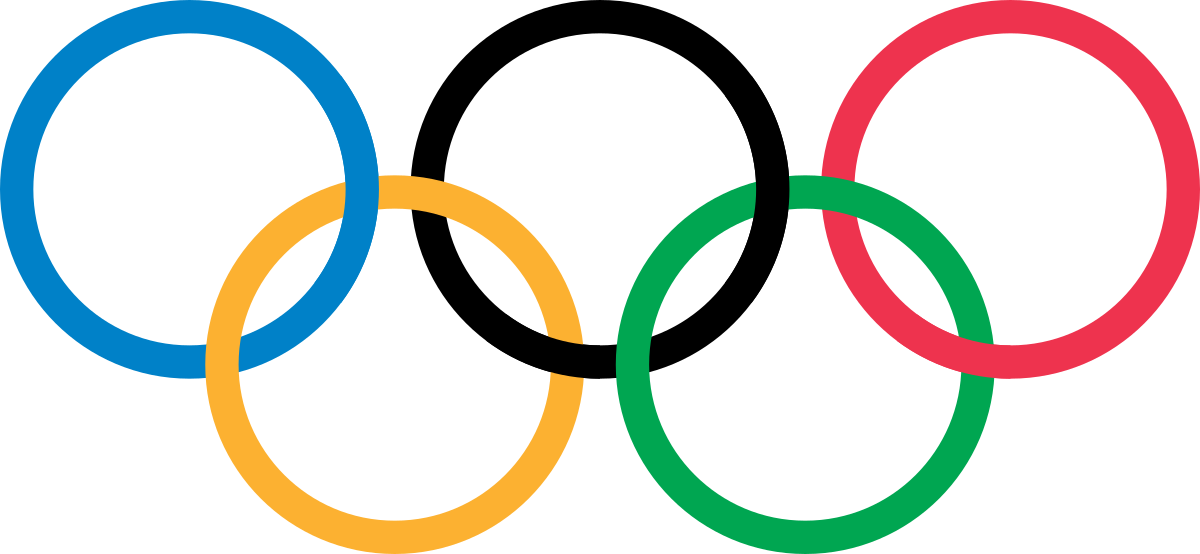The on-again, off-again brand.
The Olympic rings are the most recognizable visual corporate brand image ever created. During each games, regular life – and regular TV programming – is interrupted so we can watch athletes emerge as new sports heroes and become household names. Yet, once the games end and the flame is extinguished, something profound happens: people stop paying attention to the sports that had once transfixed them for the previous two weeks. In between cycles, no one tells its story. For over a century it’s become a familiar and recurring pattern.
Sports outside the Big Four professional North American sports (and a handful of others, including European soccer and F1 racing) rarely attract attention. They seem to have become like neglected children who get passed over. What is the impact if people lose touch with these sports? What is the impact of this on recruiting new talent, or raising money?
If you build it, they will come
You’d think it suggests viewers aren’t interested. And yet, a lot of now-aging kids of the 1960s and 70s easily and enthusiastically recall Saturday afternoon TV: the excitement when one channel came in clearly, and how it felt to hear Jim McKay intone:
“Spanning the globe to bring you the constant variety of sport;
the thrill of victory, and the agony of defeat;
the human drama of athletic competition.
This is ABC’s Wide World of Sports.”
For 36 years Wide World of Sports kept sports fans connected. Every Saturday afternoon, from 1961 until 1998, it traveled to 53 countries and 46 states, televising 4,967 events in more than 100 sports. Admittedly, some of these were quirky competitions: viewers watched cliff diving, wrist-wrestling, sky flying, demolition derbies, roller skating ski racing – and barrel jumping; Keith Jackson covered Scottish saber tossing; Al Michaels covered motorcycles on ice in West Germany. Quirky or not, “we treated them all with respect,” Roone Arledge, the show’s producer, wrote. More important, it was also the first to broadcast the Indianapolis and Daytona 500s, the British Open, the Tour de France, and the Little League World Series. Most important, the program gave greater exposure to gymnastics, figure skating, diving and swimming, ski racing and jumping, all of which would become Olympic cornerstones.
Arguably, it was Wide World of Sports that made the Olympics really famous and profoundly important. The show won 36 Emmy awards and profoundly changing how sports television was produced: Time magazine declared it it one of the most influential programs in television history. Many of its innovations — players wearing microphones, slow-motion replays, split screens, underwater cameras — are still used today. It kept people connected to the idea competing passionately is what makes sport so compelling.
When the show disappeared, so did exposure for second-tier sports, those struggling for any kind of media coverage that might win them the attention of the broader public. But with only a handful of professional sports dominating broadcasts, what are they to do? There is a marketplace for athletes: has this led to a decline in participation as athletes gravitated to the prominent and professional sports that focus on telling their stories? There’s an even bigger competition for fundraising.
This is about branding
This is a branding issue for the International Olympic Committee, the Canadian Olympic Committee, and each national sports federation to consider. What do they do in between Olympic years? Can they control their story to attract athletes to join them? Can second-tier sports “go it alone,” or do they need to be inside a larger umbrella strategy?
The Olympic rings are justly famous, but they still have to keep telling their stories. In order to compete for athletes, second-tier sports need to have their brands shown to wider audiences. Can individual sports federations go-it alone, or should they be under a larger umbrella? This opens up the path for a group like the COC to embark on a rich content-forward, storytelling strategy. Perhaps the IOC or COC should become a producer developing content that supports ALL sports? It’s all about the power of a story to keep an idea in focus.
Consider the explosive success of mixed martial arts (MMA) since the UFC came onto the scene, in large part propelled by the success of their “Ultimate Fighter” reality TV program.
Keep people connected to your story
By increasing their ability to engage minds and keep people captivated, Leadership Brands redefine their financial prospects. Their brand is always “on,” always working because they have the arsenal of effective tools to keep audiences interested in their work, to nurture an emotional bond over time, and turn them into donors. They can stand out in a cluttered marketplace and prove that their organization is “worth the cost” to politicians, taxpayers, and funders who grudgingly surrender resources – in tight times or not.
It’s your story – take control of it.



